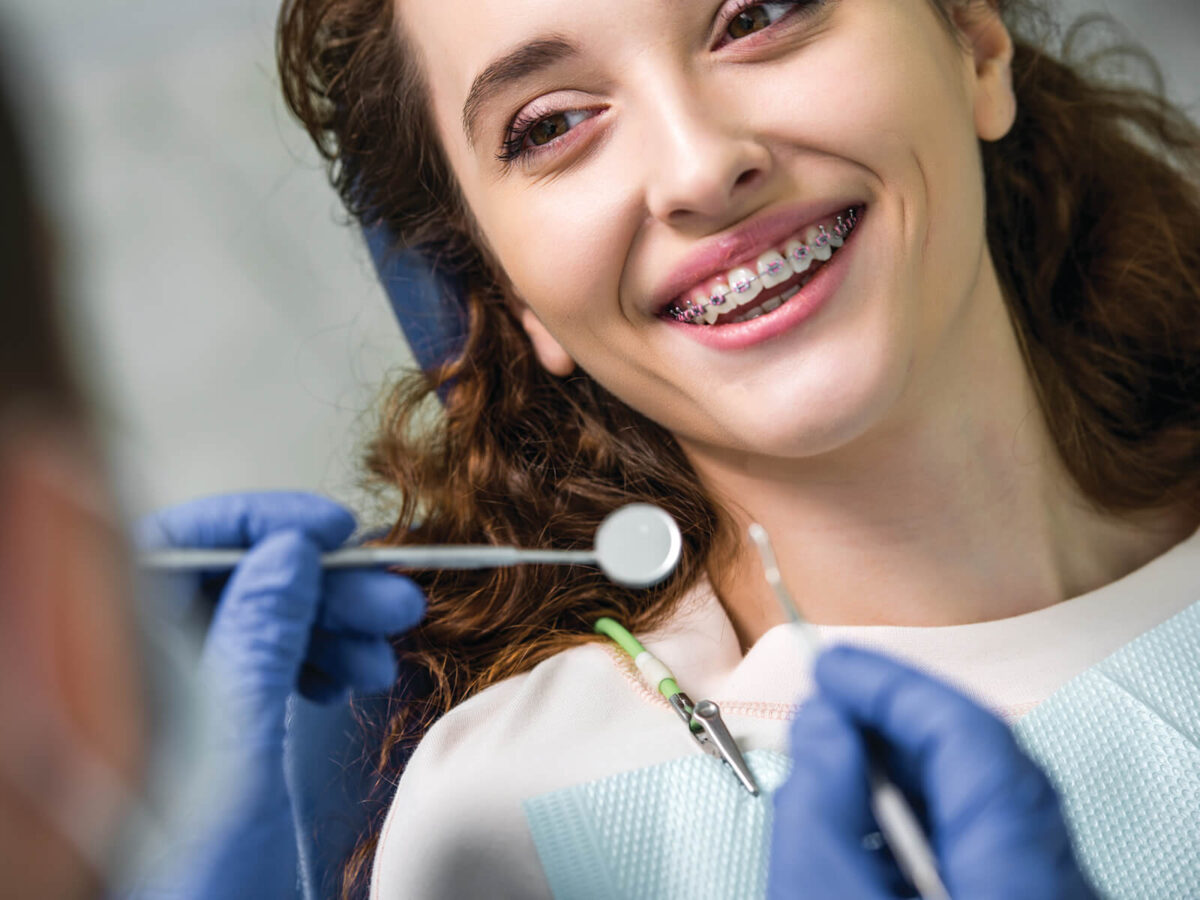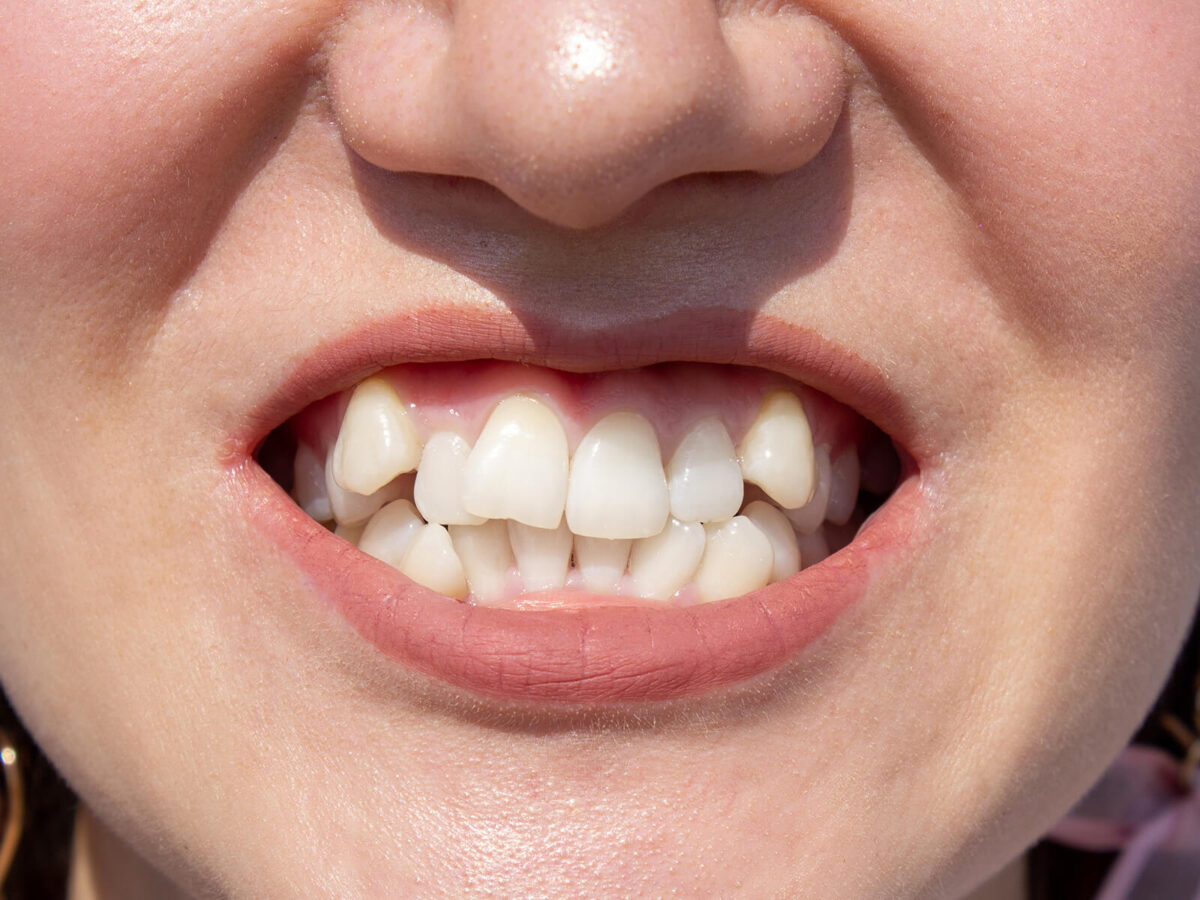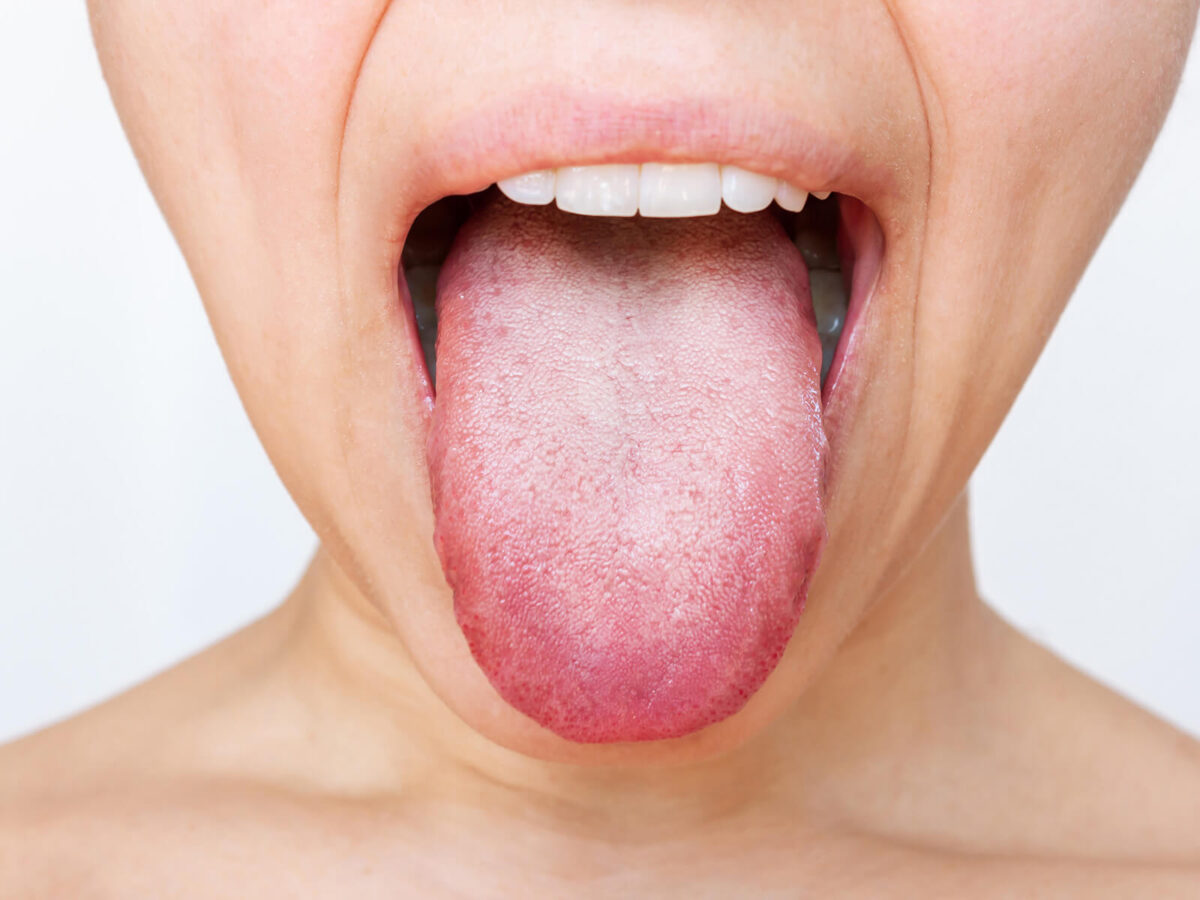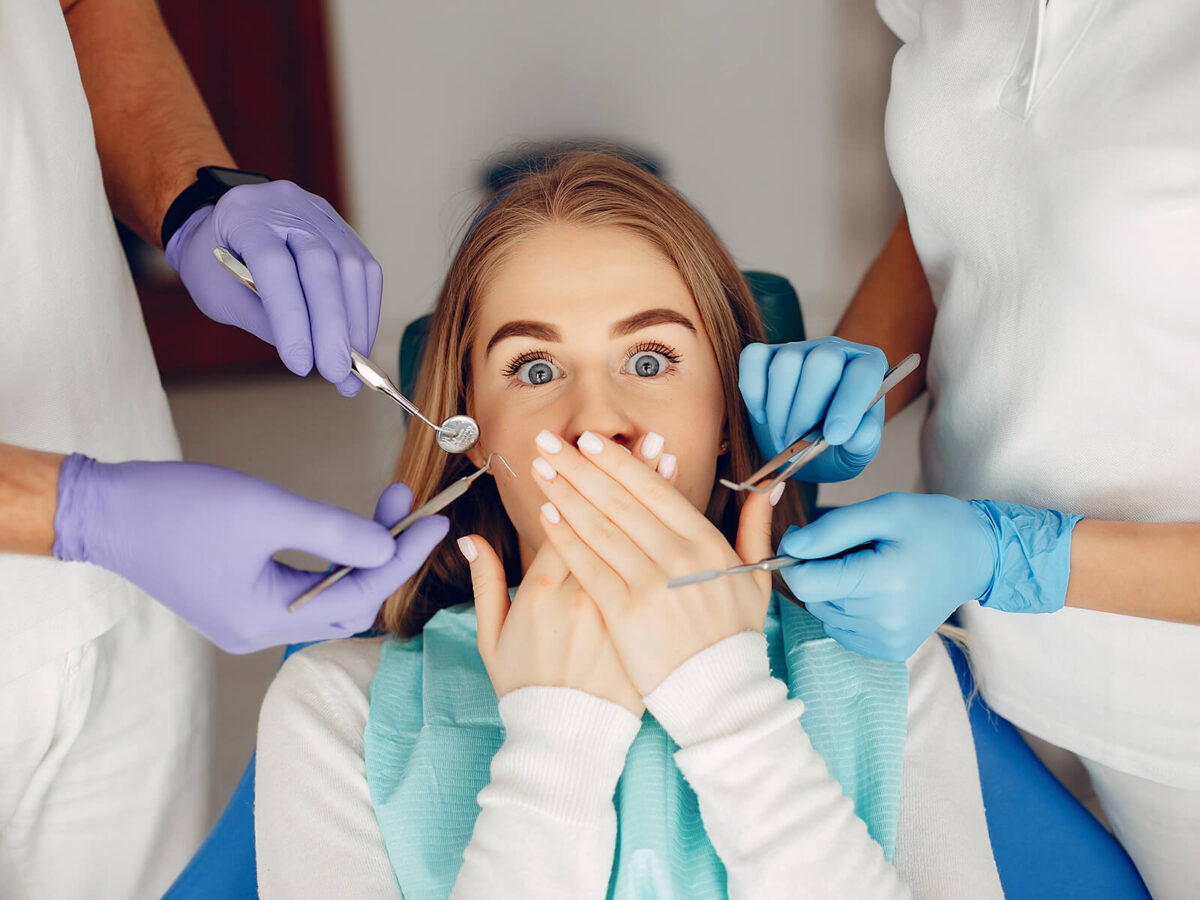Has your dentist recommended braces to straighten your crooked teeth? If yes, make sure to maintain dental hygiene when you’re wearing braces. Also, you can approach Cypress Dental Office TX to fix braces on your teeth to both improve your oral health and enhance your appearance.
Now, you must practice oral hygiene measures to prevent the buildup of bacterial plaque between the teeth and braces. Also, dental experts advise you to take precautions when wearing braces to avoid damaging or breaking the wires. We have listed some things to keep in mind so that you get the most from your orthodontic treatment.
Handy Tips When You’re Wearing Braces
The following tips can prevent injuries or damage when wearing braces:
1) Daily Brushing Regime
Regular brushing is a must when you have braces. Remember, if bacteria stays in your mouth for long, your risk of cavities and infections increases. The Cypress Dental Office TX advises the use of fluoridated toothpaste with a soft-bristled toothbrush to clean the tooth and the area around the braces.
After you brush your teeth, you should rinse your mouth with an antibacterial or antiseptic mouthwash with fluoride. Well, it may so happen that you cannot brush your teeth after meals sometimes. At such times, simply rinse your mouth with water to remove any food particles stuck between your teeth and braces.
2) Regular Flossing Sessions
Flossing with braces can be a daunting task. However, you must never skip your flossing sessions. When you floss correctly, you can prevent a host of dental issues, including inflamed gums, cavities, and bad breath.
Your dentist will advise you to floss once a day before bedtime; make sure to get between the braces and under the wires when doing so. Among the flossing tools you can use are waxed floss, unwaxed floss, interdental brushes, and oral irrigators.
3) Opt for the Right Foods
It’s important to eat the right foods to improve your oral health, particularly when you have dental braces. Make sure to eat a balanced diet for optimal nutrition. Among foods to add to your diet are fruits, legumes, vegetables, and lean proteins. Also, there are many foods that you must avoid when wearing braces.
These include chewy, hard, sugary, and sticky foods. That’s because these foods are difficult to remove and can cause the braces to loosen or break. There may be times when you want to relish crunchy foods, such as apples and carrots. Here, a good strategy would be to cut them into small pieces before releasing them.
4) Refrain from Grinding Your Teeth
Grinding or clenching your teeth can damage the teeth while making them sensitive. Besides that, it is advisable to not open bottles, cut thread, or bite your nails with your teeth. If you grind your teeth while asleep, you can talk to the dental specialists at Cypress Dental Office TX, about wearing a mouth guard.
5) Never Miss your Dentist Appointment
You must also not miss your scheduled appointments with the Cypress Dental Office TX. That’s because checkups are part of your treatment plan, whereby the dentist monitors your progress and checks whether the braces have shifted from their place. The dental professionals also tighten and adjust the braces during your dental checkups, which helps to align your teeth promptly.
6) Use a Waterpik
Coupled with brushing and flossing, you must use a Waterpik to flush out the food particles between your teeth and braces more effectively. This handheld device helps to keep your teeth and gums clean via a stream of water.
7) Apply Orthodontic Wax
Brackets and wires can cause a great deal of discomfort. By applying orthodontic wax, you can draw a barrier between them and your cheeks and gums for a sense of comfort. This soft, pliable wax has to be applied around your braces to reduce irritation. You only have to take a small amount of the wax and roll it before molding it around the braces for the irritation to subside.
FINAL THOUGHTS
So, we have listed some tips to help you maintain oral hygiene and keep your teeth and gums healthy while you are wearing braces. Remember that only with proper care will your orthodontic treatment via Cypress Dental Office TX be successful, and you can regain that much-desired straight smile.






